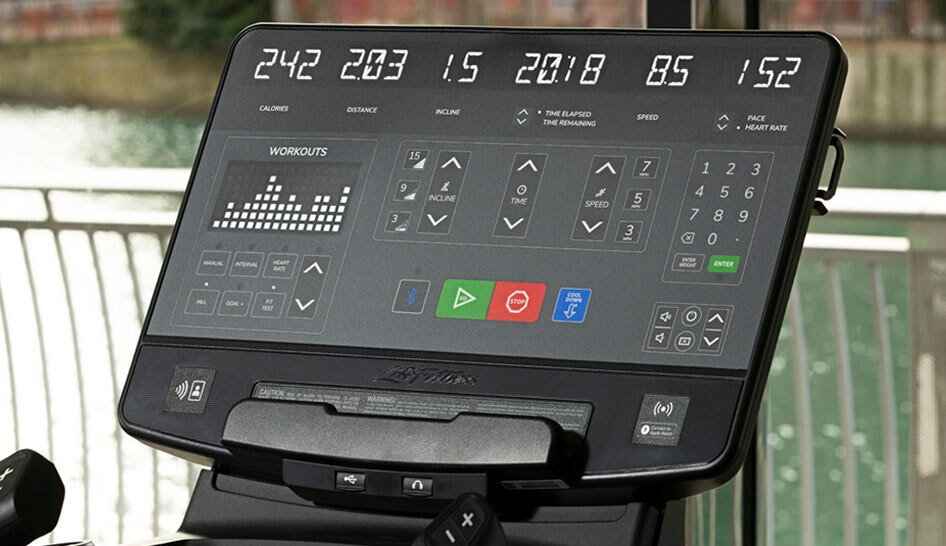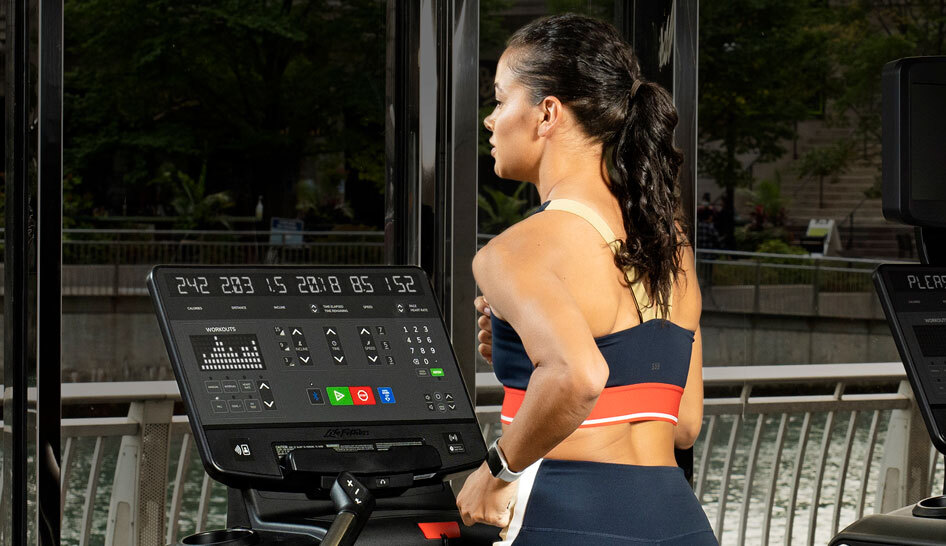In no aspect has digital transformation been as apparent in the health club industry as its manifestation in equipment. Since its inception, coupling technology with machines has always been about improving the member experience.
A Brief Digital History
It all began in 1968 when a chemist, Dr. Keene Dimick, decided to develop a way to improve his own workout. He invented the Lifecycle, the first digital piece of equipment. His bike was equipped with a display that ticked through a 12-minute workout that tracked progressive resistance, pulse, calories burned, exercise level, and speed, and depicted hills the rider was traversing. What looks low-tech nowadays was the foundation for most of what we see today in interactive connected machines and the first foray into interval training.
The original bike came with a pulse detector ear clip and a Lifecycle progress card where users could—with a pen or pencil—manually track their weekly progress. The original model was priced at $4,000, which at the time was roughly the same price as a Corvette coupe.
Consumers drive demand and, as gaming began to heat up, the Lifecycle entered the fray.
In 1994, Life Fitness and gaming giant Nintendo teamed up to release the Exertainment Lifecycle. Based on the Lifecycle 9XS, it featured a Lifecycle trainer and access to a Lifecycle program screen or regular TV, through which users could choose their mode: video game, full-screen, or picture-in-picture. The bike worked with Nintendo-produced programs such as Exertainment Mountain Bike Rally and the Exertainment Mountain Bike Rally/Speed Racer. The Exertainment system also featured Hill, Random, Manual, 12 Speed Race, and Fit Test programs, along with 13 different effort levels, including one especially for the deconditioned or those just starting out. Ahead of its time, the Exertainment Lifecycle was also cable, satellite, and antenna ready.

